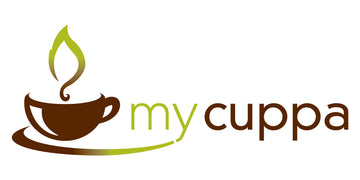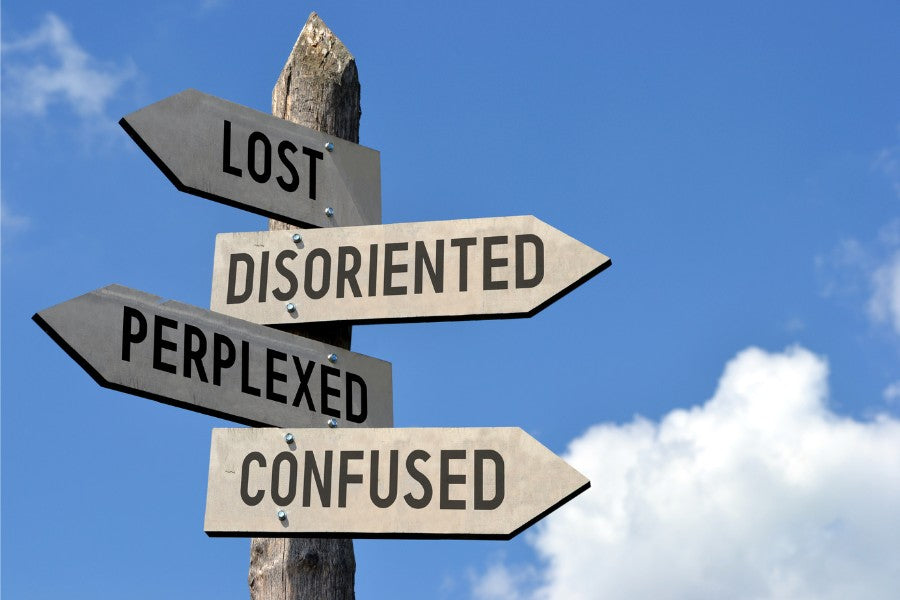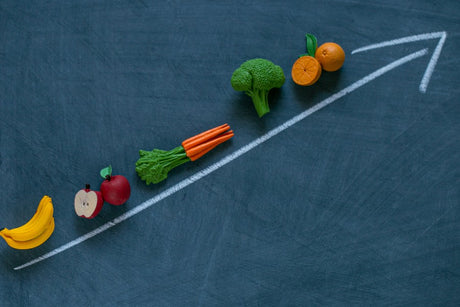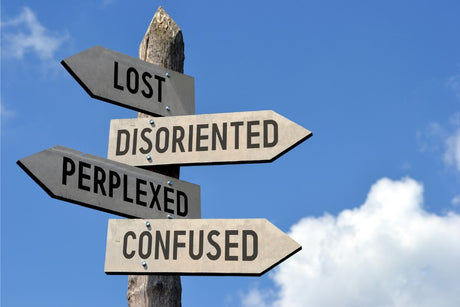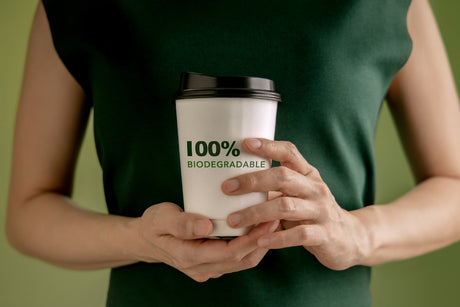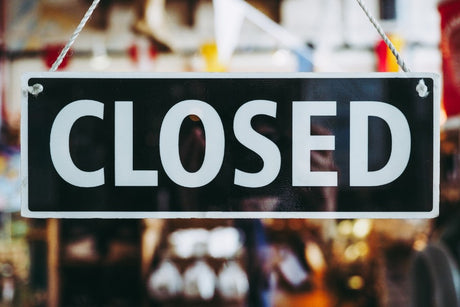Has Specialty Coffee lost it's Mojo?
Around 18 months ago, I wrote about how attention seekers within the Australian coffee industry were questioning, or rather agitating, whether the term "specialty coffee" was being abused, diluted and lost its meaning or relevance.
Surprise, surprise, it seems back then that every man and his dog brand of coffee had pinned "we are specialty" badges to their chests.
Trying to drive a stake in the ground about the definition of specialty would always be pointless.
There is no complete or end-to-end traceability, regulation or compliance in the global coffee market, except for certified FAIRTRADE coffee; there are so few of us playing in that space that we are in the small minority and less than 2% of global production; hence attempting to place parameters around the use of the term specialty coffee was never going to fly.
Companies will continue to source whatever they want, including the worst of the worst and cheapest of the cheap, place it into an attractive-looking bag and then market with exuberant claims.
You only need to take a look at the re-branding of Coles private label coffee - playing catch-up of lost ground in the bottom-feeder game with Aldi and Woolworths, Coles is seeking to leverage buzzwords generally associated with higher quality offerings such as craft roasted, Artisan made in Melbourne, sustainably sourced.
The reality is quite different as it highlights claims that packaging may not live up to the promise.
Beyond the confusion of what is specialty and putting aside for a moment any exploitive tactics employed by larger commercial players, the inertia and drive by roasters to climb even higher mountains in the pursuit of quality or "perfection" has significantly waned with the peak well and truly behind us.
Coffee roasters now focus on a narrower range of variables to improve quality. Indulgent leaps to extravagant and exotic lots that sell for 300% above the market are rare compared to just a few years ago.
There have also been declining interest levels in Australia's Cup Of Excellence programs.
Barista competitions and even the roasting championships have become a complete farce with $300/kg lots up against daily coffees.
These elitist events are taking place inside a really small bubble that few of us now actually care about and only serve to distort the reality of what is applicable or relevant to the average Australian coffee drinker - how many of us are going to wake up in the morning to brew a $30 cup of Geisha?
But what's really behind the retreat of specialty coffee - is it just the natural cycle of market maturity and stabilization?
That's only a small part of the greater forces.
Fierce underlying economic factors influence the behaviour and trends of many Australian coffee brands as they reset their strategies around the pressures of a competitive and saturated Australian market - and this also extends beyond coffee to almost every industry.
The new game in town is about margin control and stronger commercial discipline, as it's clear the consequences of rising costs and selling price deflation take a big bite into operational models.
To illustrate how the coffee market has stalled in the last decade, we only need to look at comparative examples in other industries.
We engaged the same roofing contractor two weeks ago to obtain a quote for the same work 5.5 years apart.
For example, in 2013, they quoted a roof replacement for a warehouse, a project that did not proceed at the time.
It's now time to do this work, and with identical scope and materials, we again 2019 need the same job done by the same contractor.
The price was 60% higher over that 5.5 years for identical materials and labour.
There are fewer penetrations in the roof for the 2019 quote, so you'd expect the price to adjust according to a reduced scope, yet it was 60% higher for the same specification - just 5.5 years apart.
There is no doubt that materials and labour rise, but according to the boffins that trumpet economic statements, wage growth has stalled in the last five years.
If we'd done the same with our coffees, our Suuweet, Barista, and Espresso blends would sell for $39 a kilo instead of $25 per kilo today.
Some might argue that the comparisons are not the same, but we can argue that coffee brands are exposed to just as many cost variables.
Take, for example, a 300% higher price for gas and 100% higher for electricity in the same period; of course, the space occupied by a coffee company compared to a roofing contractor that works on sites are vastly different.
This example highlights the real danger Australian retailers have been battling against - price deflation.
Coffee brands are experiencing tighter margin squeezes each year as competitive pressures force them to hold the selling price firm.
You'd think this was a universal symptom across all commodity items.
However, it's not.
Cardboard cartons always rise around 5% and sometimes 10% per year.
Because there are just two main suppliers in that industry, they can collude (indirectly) on pricing and get away with it by ensuring they raise prices above CPI to account for natural rises in cost inputs inside their business.
Australia's coffee industry comprises more than 2,200 brands, with around 80% having a relatively small size of 5 or fewer employees.
A company of 5 can be regarded as medium or slightly larger than medium in the Australian coffee market.
Coffee is a manufacturing business, and as we all know, manufacturing is a scale game; it's not efficient or effective and will eventually fall victim when markets mature, consolidate, and margins erode.
It's only just a function of time - when, not if.
Much like the small baker or craft brewers trying to compete against the automation of a production line, it's a hard slog to sell the value of Artisan, hand-made products when consumers have eyes for just one prize—the current value of their real estate portfolio or hunting for their next asset acquisition.
Given the tough conditions, you'd think there would be a few coffee brands raising their hands to be sold or acquired, but that's different, especially here in Australia.
We've been trying to buy other coffee companies for three years to bump up the scale as we have capacity, but the search has yet to yield willing sellers.
In the last 12 months, more coffee companies have closed or fallen into administration than in the previous five years, but it's still a really small number of exits compared to a higher number of new entrants.
It's remarkable that the gold rush mentality still exists and always seems driven by a romantic notion rather than solid business fundamentals.
Whilst we continue to grow organically, the addressable size of the coffee market is only increasing by roughly 4% each year.
Yet, the capacity increases (from within existing and new coffee companies) are growing at approximately 20%.
There are too many mouths to feed on the supply side, and it will become challenging over the next five years if there's no basis or simple consolidation.
A second headwind affecting specialty coffee in Australia is a dramatic change in fortunes for the tough hospitality segment.
Rocked by wage fraud scandals, insolvencies, disruption by food delivery portals, skyrocketing rents, and higher food and ingredients costs whilst selling prices remain under pressure, cafes and restaurants are struggling to generate returns for the owners and, as a consequence, payments to their suppliers are stretching out terms into dangerous territories.
We have often mentioned that the hospitality segment is notorious for using other people's money to fund the cash flow of their business - it's all about binging on supplier credit.
When some of those suppliers tighten terms, it will crunch the segment.
Cafe closures can sometimes be attributed to high rent costs.
However, other factors also contribute to the failure.
Rent expenses are a known quantity before opening a cafe.
Hence, these expenses can and should be factored into the financial planning before opening the venue.
In reality, many cafes fail due to insurmountable debt owed to suppliers, which ultimately restricts cash flow and leads to closure.
For the last 12 years, hospitality/wholesale has been the engine room for the Australian specialty coffee market, with astonishing growth rates yearly.
Still, it all peaked around 2016, and in particular, the last 12 months have seen a sharp decline as consumers tighten their spending on discretionary items.
A popular urban myth is that some everyday staples, such as coffee, are recession-proof, even during economic stress; historically, people still treated themselves to coffee, but cafe patronage has fallen.
In our neighbourhood, there were just two basic cafes in 2000, growing to 12 in 2016 and now dropping to 8 in 2019.
We know that all but one of the cafes in our area are up for sale - either officially or unofficially.
Most have been on the market for two years, and a couple have closed down and replaced with different types of businesses not related to hospitality.
While it's common knowledge that cafes swap hands regularly, that's a familiar revelation.
Still, whilst velocity has increased, the goodwill multiples have diminished.
And the prevailing optimism that was once a hospitality feature has been replaced with a grim struggle for survival.
Even the short-term pop-up trend has all but disappeared.
I'm still trying to figure out where to go from here on the road ahead for Australian cafes.
Consumers and patrons slam them on social media if they put the slightest of feet wrong, reliable staff are difficult to secure, margins are slim, and the effort versus the returns are now inverted - with many owners likening the experience to a prison sentence, locked into a lease until they can be released.
It's more likely that the future strategy for cafes will involve a transformation into a food and beverage solutions provider operating extended hours to cover the needs of higher density living (apartment complexes) within a close-range delivery service or physical radius hub, catering for convenience with a greater emphasis on localized loyalty incentives.
Specialty coffee has settled into our everyday norm - it's no longer new, different or evoking a sense of curiosity.
Specialty coffee should not be considered a differentiator but an important element in marketing quality coffee products.
